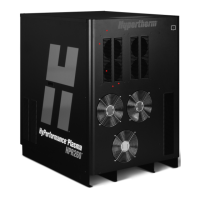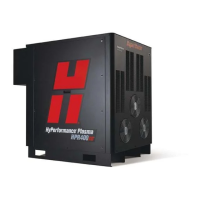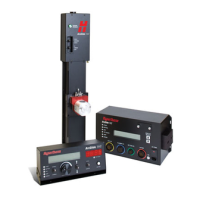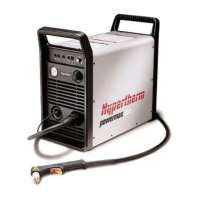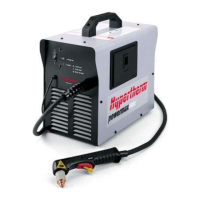SC-2 Safety and Compliance
Safety
RECOGNIZE SAFETY
INFORMATION
The symbols shown in this section are used to identify potential
hazards. When you see a safety symbol in this manual or on your
machine, understand the potential for personal injury, and follow the
related instructions to avoid the hazard.
FOLLOW SAFETY
INSTRUCTIONS
Carefully read all safety messages in this manual and safety labels on
your machine.
• Keep the safety labels on your machine in good condition. Replace
missing or damaged labels immediately.
• Learn how to operate the machine and how to use the controls
properly. Do not let anyone operate it without instruction.
• Keep your machine in proper working condition. Unauthorized
modifications to the machine may affect safety and machine service
life.
DANGER WARNING CAUTION
American National Standards Institute (ANSI) guidelines are used
for safety signal words and symbols. The signal word DANGER or
WARNING is used with a safety symbol. DANGER identifies the most
serious hazards.
• DANGER and WARNING safety labels are located on your machine
near specific hazards.
• DANGER safety messages precede related instructions in the
manual that will result in serious injury or death if not followed
correctly.
• WARNING safety messages precede related instructions in this
manual that may result in injury or death if not followed correctly.
• CAUTION safety messages precede related instructions in this
manual that may result in minor injury or damage to equipment if not
followed correctly.
INSPECT EQUIPMENT BEFORE USING
All cutting equipment must be inspected as required to make sure it is
in safe operating condition. When found to be incapable of reliable and
safe operation, the equipment must be repaired by qualified personnel
prior to its next use or withdrawn from service.
RESPONSIBILITY FOR SAFETY
The person or entity responsible for the safety of the workplace must:
• Make sure that operators and their supervisors are trained in the
safeuse of their equipment, the safe use of the process, and
emergency procedures.
• Make sure that all hazards and safety precautions identified herein
are communicated to and understood by workers before the start
ofwork.
• Designate approved cutting areas and establish procedures for
safecutting.
• Be responsible for authorizing cutting operations in areas not
specifically designed or approved for such processes.
• Make sure that only approved equipment, such as torches and
personal protective equipment, are used.
• Select contractors who provide trained and qualified personnel,
andwho have awareness of the risks involved, to do cutting.
• Tell contractors about flammable materials or hazardous conditions
that are specific to the site, or hazardous conditions that they may not
be aware of.
• Make sure that the quality and quantity of air for ventilation is such
that personnel exposures to hazardous contaminants are below the
allowable limits.
• Make sure that ventilation in confined spaces is sufficient to
allow adequate oxygen for life support, to prevent accumulation
of asphixiants or flammable explosive mixtures, to prevent
oxygen-enriched atmospheres, and to keep airborne contaminants
inbreathing atmospheres below allowable limits.
A PLASMA ARC CAN DAMAGE FROZEN PIPES
Frozen pipes may be damaged or can burst if you attempt to thaw them with a plasma torch.
STATIC ELECTRICITY CAN DAMAGE PRINTED CIRCUIT BOARDS
Use proper precautions when handling printed circuit boards:
• Store printed circuit boards in anti-static containers.
• Wear a grounded wrist strap when handling printed circuit boards.

